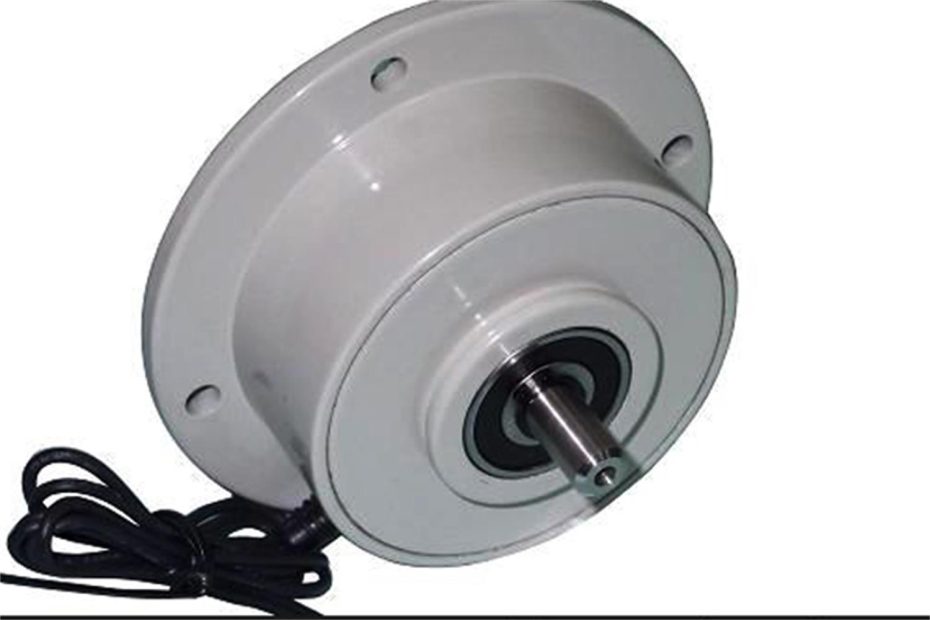Web tension control is a critical aspect of numerous industrial processes, ranging from printing and converting to winding and unwinding operations. Achieving precise control of web tension is essential for ensuring product quality and process efficiency. One technology that has proven its mettle in this domain is the magnetic particle brake.
Web tension refers to the amount of force applied to a continuous material (such as paper, film, or fabric) as it moves through various processing stages. Proper tension control is vital to prevent defects like wrinkles, folds, or stretching that can compromise the integrity of the material.
Magnetic particle brakes are devices that utilize the principles of magnetism to control the torque and, subsequently, the tension applied to a moving web. They offer precise and reliable tension control in a wide range of industrial applications.
Magnetic particle brakes consist of two essential components: a rotor and a stator. The rotor contains magnetic particles suspended in a carrier fluid, while the stator generates a magnetic field when energized. When the magnetic field is applied, it induces resistance within the rotor, which, in turn, controls the motion and tension of the web.
Top 4 Applications of Magnetic Particle Brakes in Web Tension Control
- Printing : In the printing industry, magnetic particle brakes ensure precise tension control during processes like offset printing, flexography, and gravure printing.
- Converting :Converting operations, such as slitting and laminating, rely on magnetic particle brakes to maintain consistent tension levels for quality end products.
- Textile Manufacturing : Textile mills use magnetic particle brakes to control the tension of fabrics as they move through processes like dyeing, coating, and printing.
- Packaging : In the packaging industry, magnetic particle brakes are essential for web tension control during bag making, label printing, and pouch forming.

Tips for Effective Web Tension Control with Magnetic Particle Brakes
To make the most of magnetic particle brakes in your web tension control system, consider these tips:
- Regular Maintenance : Keep the brake clean and inspect it regularly for any signs of wear or contamination that could affect performance.
- Correct Sizing : Ensure that the magnetic particle brake is appropriately sized for your specific application, taking into account factors like web width and tension requirements.
- Proper Installation : Follow the manufacturer’s guidelines for installation and ensure that the brake is correctly aligned with the web path.
Top 4 Advantages of Magnetic Particle Brakes
| Advantages | Description |
|---|---|
| Precise Tension Control | Ensures accurate and responsive web tension. |
| Material Integrity | Prevents damage to the material, such as stretching or tearing. |
| Instantaneous Response | Allows for immediate adjustments to changes in tension requirements. |
| Reliability | Known for their long-term reliability and minimal wear and tear. |
Conclusion
Magnetic particle brake are a valuable tool in the realm of web tension control. Their ability to provide precise, reliable tension control is instrumental in various industries, ensuring the quality and integrity of the processed materials. By understanding their working principles and following best practices, industries can harness the magnetic power of these brakes to optimize their production processes.
